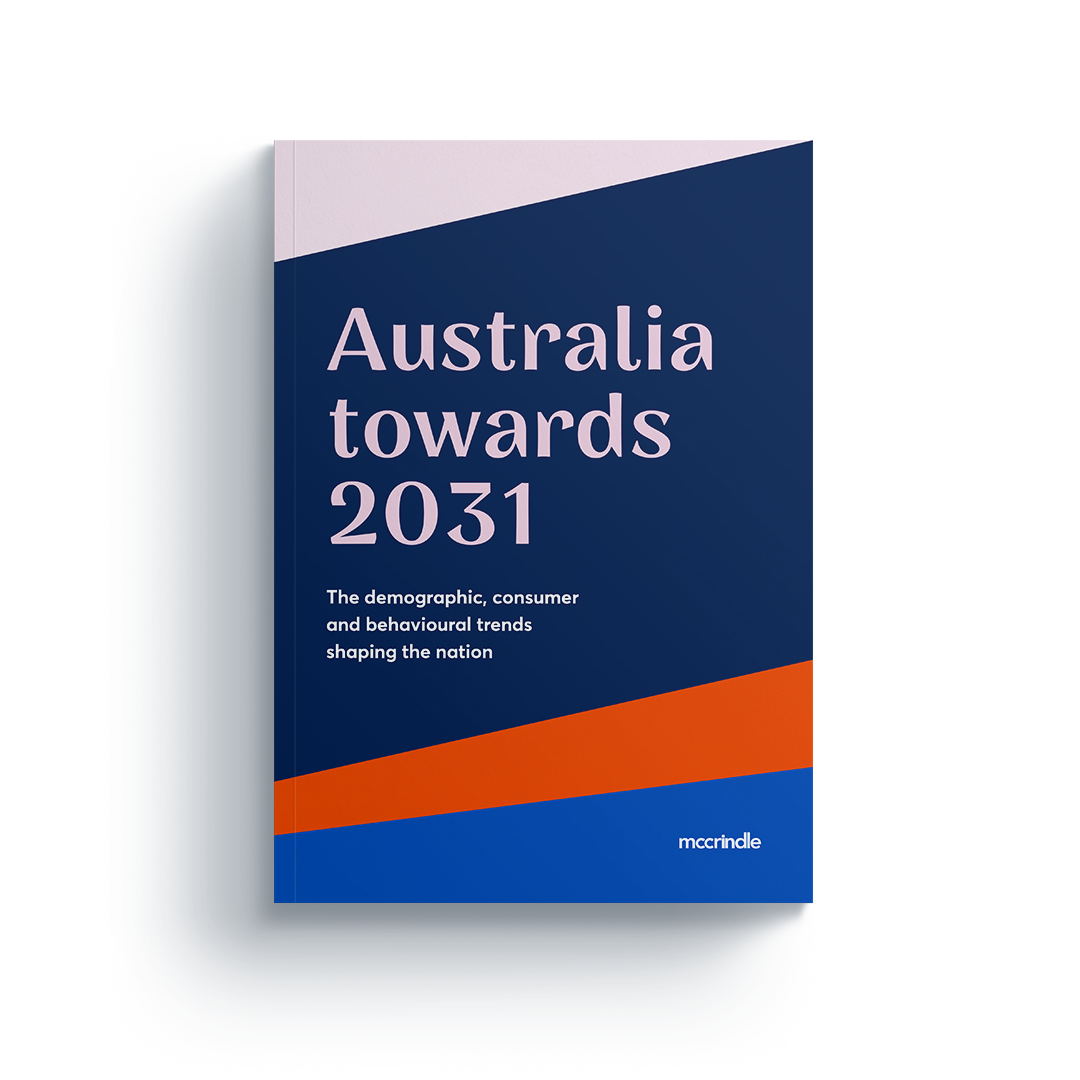Demographics
Ten questions Australia’s most anticipated Census will answer

As demographers there are fewer exciting occasions in our calendar than the release of the Census results. As the largest statistical collection undertaken in Australia, the Census of Population and Housing is the most reliable and comprehensive source of information on who we are and how we are changing.
While every Census is important, this year’s data reveal will paint a fascinating snapshot of the impacts of the pandemic.
The most anticipated Census to date
This Census release will be the most anticipated Census in a generation, being the first Census ever conducted in a pandemic. It is also the first real data to show how we’ve changed since closed borders and regional relocations, and it is the first Census to collect data on living with a disability and ADF service.
Ten questions we expect to be answered in the Census results
While this first Census release won’t reveal all the data, it will cover about 75%, including topics like household types, education levels, incomes, housing, cultural diversity, unpaid work, and housing tenure.
Here are ten questions we can expect to be answered in the first release:
- Will we see that Australia’s population is rebalancing (due to growth of regions and other capital cities compared to Sydney and Melbourne, as well as impacts on CBD populations compared to growth of the outer suburbs)?
- How much did closed borders (for nearly 18 months at the time of the Census) impact our population?
- What is the latest snapshot of our cultural diversity?
- To what extent did the relocating of households during the pandemic impact average household size?
- Have we edged further up the ageing curve amidst record low birth rates and reduced migration?
- Did cars per household increase due to reduced public transport usage and stimulus cash, or did supply challenges constrain this?
- What is the picture of Australia as measured by the proportion of Australians living with a long-term health condition and what is the carer and disability data revealing?
- Will total Christianity drop into minority status (61% in 2011, 52% in 2016) and will “no religion” get to 1 in 3 (30% in 2016)?
- How service minded (proportion of Australians with Defence/national Service experience) are we and how has volunteering been impacted during the pandemic)?
- How is the cost of living and housing impacting Australians?
What McCrindle will be doing with the data being released
Not only does the Census paint a fascinating picture of how Australia has changed over the last five years, but this data will also be used to inform strategic planning for future-focused organisations.
The first thing we will be doing when the Census data is released is busily analysing it and drawing out the key insights. We will be sharing these in a publicly available virtual event, to be held on Thursday 30th June, as well as in the media.
Secondly, in true McCrindle fashion, we will be updating resources like our Population Map infographic with the new data.
And thirdly, beyond the week of the Census results, we will be using this Census data to help our clients respond strategically to the ways Australia and its people are changing. Get in touch today if you would like to find out more.





